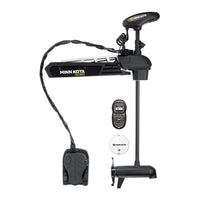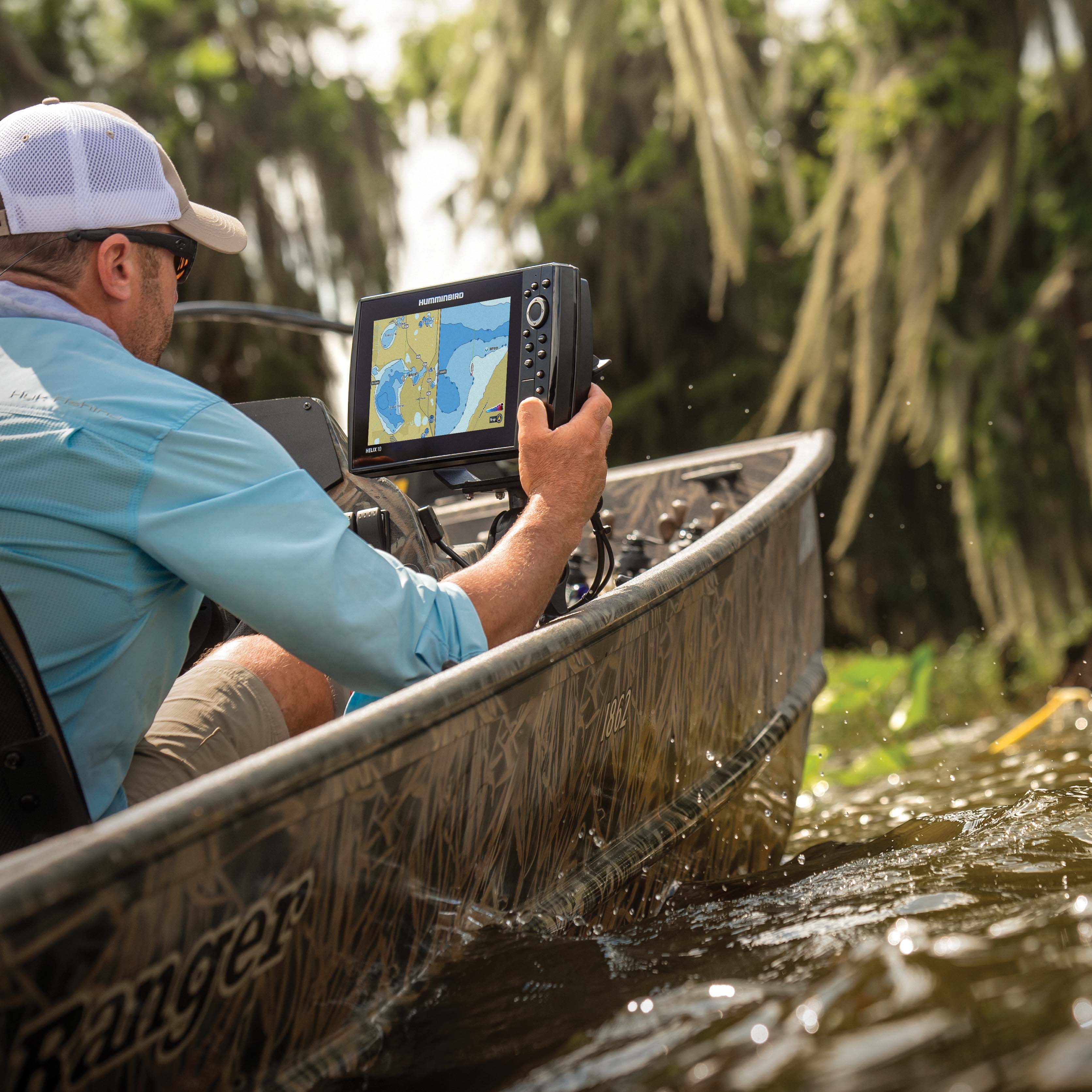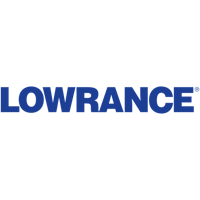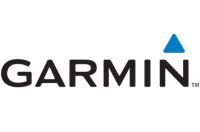Humminbird, Lowrance, or Garmin? Let's Talk Electronics Ep. 1
Published: Updated:
Choosing the right boat electronics for you is a tough choice with all the different products out there so Pete, Nick, and Joe have teamed up with industry and tournament experts to bring you their knowledge so you can make the best decision. This episode is all about mapping and navigation so you'll hear the key differences between the big three brands on the market and why those differences would make an angler lean towards one or another, or even pick multiple.
All Featured Products

C-Map Reveal Inland Maps
$169.90
Jump to 1:21

Lowrance HDS PRO 12 - EOL
$3,349.00 – $3,449.00
Jump to 2:59

Lowrance HDS PRO 16 - EOL
$4,899.00 – $4,999.00
Jump to 3:15

Lowrance HDS PRO 9 - EOL
$2,099.00 – $2,199.00
Jump to 3:50

Humminbird LakeMaster VX Digital GPS Maps
$149.99
Jump to 5:44

Humminbird LakeMaster VX Premium Digital GPS Maps
$199.99
Jump to 6:12

Minn Kota Ultrex i-Pilot US2 Sonar Trolling Motor - EOL
$2,699.99 – $2,849.99
Jump to 8:10

Garmin LiveScope Plus LVS34 Transducer Only
$1,299.99
Jump to 9:30

Garmin ECHOMAP Ultra 102sv - EOL
$1,649.99 – $2,149.99
Jump to 10:32

Humminbird LakeMaster VX Premium Digital GPS Maps
$199.99
Jump to 12:33

Lowrance HDS PRO 12 - EOL
$3,349.00 – $3,449.00
Jump to 14:19

Humminbird Helix 10 CHIRP G4N - MEGA+ Imaging - EOL
$1,399.99 – $2,099.99
Jump to 14:46

Humminbird Helix 9 CHIRP G4N - MEGA+ Imaging - EOL
$1,099.99 – $1,599.99
Jump to 14:59
Video Transcription
Welcome everyone to our first foray into electronic series. This is our first series about navigation and GPS features of electronics. This is our first series, as I said, where we break down features of units and we collaborate with experts in the field on what the features and benefits from all the different manufacturers are out there. Since Joe Ponessa here to my left and Nick Mraz to my right and myself are all shopping for different types of electronics and we have different boats and different wants and desires for our electronics and what our strengths are. We figured we'd kind of take you along on our journey as we're starting to rig our boats out for this upcoming 2023 fishing season. So join us as we dive into navigation and GPS. We're going to start off with Nick. I know Nick just outfitted his whole boat, just rigged your whole boat with all new Lowrance stuff, a Ghost and everything and new Lowrance units. So when doing your homework, what made you go with Lowrance as far as the navigation GPS features of Lowrance?
So I had a couple options. I either could, for mapping, I could either go Navionics, tried and true. Everybody knows about that or what caught my eye was C-Map, specifically C-Map Reveal Chip. It offers custom depth shading making it really easy to see different changes in the topography, ledges, flats, really easy to see. And even when I talked to Aaron Teal at In Tune Marine, he had a lot more to say about that as well.
What's nice about the Lowrance is it allows you to access any transducer in the boat at any time. So when I'm fishing up front, I can also see the back transducer and the front one. And really customize that. And then with the NMEA network Point-1 GPS puck connected to that, it allows for a heading sensor. So one thing you'll notice on the GPS of a Lowrance is that heading sensor, you can put basically a line in front of the arrow on your GPS so that when the boat moves or you're fishing a spot, you can really understand where that spot is in retrospect to the boat. And it just allows you to be more efficient with your cast and what not. That Pooint-1 is necessary for me. I don't like the spinning boat. No. You can't have that. And North up, I mean, if you don't have a heading sensor, you basically have to run the North up feature with any unit. What about when it comes to navigation in GPS? At least from my friends, they always talk about the ease with Lowrance of Waypoint Management. Was that a big feature for you? And as far as just driving around looking at your maps as you're exploring a new body. Yep. I like throwing a lot of Waypoints down. So easy to choose. Rock. Thick clump of weeds as different icons. Adding a little note, three pounder cut here. Super easy, super customizable. I think efficiency is top of mind with Lowrance. So that touch screen, when you 're side imaging a spot, you're able to, you know, we have a lot of grass and hard bottom up here. So you're able to scan next to that spot. You're able to quickly put a rock icon where the rocks are. You're able to put a grass icon where the grass is. And then you come up to fish it. And as soon as you catch one, you're able to put a blue X, you know, where that boat's supposed to be. So then when you go back to that spot, you're able to really discern what the heck you're fishing, where the boat was when you were fishing it, and with that touch screen. And let's keep in mind there's a quad-core processor behind that touch screen, which makes these units extremely fast. So typing things into that unit is going to be like an iPad extremely quick and easy. So let's say that blue X you put down casting to that rock weed transition. You can quickly type Northeast Wind if you want to. And now you have an idea of what the wind direction was when your boat was positioned at that spot. So maybe the next time you go, it's a, you know, a Southwest Wind. Maybe you know exactly how you maybe need to reposition the boat then. So it's really just a seamless network that allows you to really just hone in on the water. And you almost are making a scatter plot graph of different things under water.
And with the Lowrance, pretty much any Lowrance user I've talked to and myself included, you end up plugging a lot of waypoints on Lowrance. But you're also able to export those and work with those waypoints to make sure your unit's not getting too cluttered. So yeah, I've got Lowrance and I use these quick handy features. I put a fish icon for number one, click that and I can write down with the touchscreen. Three pound or four pounder. Super easy. It's just so simple. From friends of mine that have traveled around the country, they talk about how there's almost seems to be a limitless memory there for that to store tons and tons of way points. So that's been an issue for me. And if you need to, if it's starting to get a little cluttered , offload them, offload your highest waypoint lake onto a certain card, take that out, throw another one in, you're good to go. Fresh start.
Good to hear. So I'll Joe, what about you when it came to navigation GPS? What made you make your decision for your rig? Yeah, on the Humminbird side with LakeMaster, I got to sit down with Rob Storrar and we talked about LakeMaster and all the features that go along with that.
So the new LakeMaster VX files are going to give a customer or a user a better user experience when they're zooming in and zooming out on their lake map. And the reason behind that is as you zoom in, your contour lines are going to actually decrease in size, making your picture a lot more clean. And as you zoom out, the contour lines will actually increase in size. So you can see that contour line a little bit better. Another thing that I would say is a really key feature on the LakeMaster Premium fire, the LakeMaster Premium card, there's actually shaded relief. Okay. So for anyone that's seen that or hasn't seen that, shaded relief is going to look a lot like what you see right here where your color palette on the map fades from red all the way out to blue in the middle. So you can really identify key structure elements, whether it's a slight little rise, a slight little pocket, a slight little depression, things of that nature. And another key feature is you can actually highlight five shaded color palettes at any given time. On our old LakeMaster chips, you could highlight shallow water, highlight in red, and then highlight a depth range in green. So if you're catching fish in 5 feet of water and 25 feet of water, you could actually highlight multiple ranges to better identify fish holding structure or where you actually want to fish. I would say the last key feature of the LakeMaster Premium files is going to be fish smart. Okay. So there's the FishSmart application that's built in to both cards now, which allows a customer, for example, to choose the fish species they're looking for, the time of day, the type of body of water, whether it's a clear body of water, a very eutrophic body water, and seasonal time frame, you know, fall, winter, spring, and this chip will actually highlight on a map areas where you could go look for that fish based upon seasonal tendencies. And then one thing for me that's key is that shallow water highlight, in addition to the depth shading, you can kind of highlight, select whatever depth range you want to target. So different times of the year, it's important to know, you know, it can really eliminate water, eliminate certain parts of the lake that you don't need to target. Maybe there's just not enough shallow water during the springtime there, or on the opposite side, maybe it's dead hot summer, you want to find those deeper offshore spots, it's easy to hone in and find that. And also to with all trucks, trolling motor and your Helix units, or Solix units, you can run the iPilot link feature, which gives you a lot more versatility to unlock all the features of the new LakeMaster chip, which now includes also the Smart Strike feature, which used to be a separate chip. But now it's in the same new LakeMaster version, it's going to show you certain depending on the time of year species and conditions, it'll actually select certain parts of the lake that you could try to go find fish if you're not having a good day on the water.
Well, that's slick. For myself personally, I've also been a Humminbird person, and I still currently at my wheel have Humminbird electronics. It's, you know, it's always been really comfortable and easy for me to use, so it's just been that way. And especially because like Joe said, I'm also running an Ultrex trolling motor, and sharing waypoints back and forth with my front units, it was always really easy for me that way. LakeMaster for our neck of the woods, living up in the Midwest, kind of has some really, really detailed mapping for a lot of our bodies of water and even up into Canada where I like to go. LakeMaster's got some really good mapping there, but I spent some time with Brian Bengsten in In Tune Marine, and we were talking about a lot of the features that Garmin has.
I mean , there's a couple choices out there now, and I would say most people are going Garmin due to Livescope. LVS 34 has been incredible, and the other companies out there don't have a product that's that good or that caliber. So a lot of people want to go Garmin for that reason. Makes sense. But I would say, you know, the mass majority of the people up here in the North generally tend to go Humminbird or Lowrance due to some of the mapping features that they have. LakeMaster mapping, you know, color depth shading. Lowrance has color depth shading now. You know, Garmin, I believe they purchased Navionics, so they have the Navionics capabilities on their graphs, but not a huge differentiator so far. So, you know, most guys that I'm talking to up here in the North are really intrigued with Garmin for specifically Livescope.
I'm sure like everyone of you watching this is heard, Garmin sort of come into the electronics market with forward-facing sonar and really dominated that segment of electronics, marine electronics. And, you know, I got myself a unit for just forward-facing sonar up front, but as I was diving in with him, and he was showing me the ease of use, which is a real big key to me. I'm a little bit of an old soul when it comes to using electronics in the boat. I struggle immensely. I need like three buttons. Don't give me any more than that. And it seemed really simple to jump around and use the Garmin navigation, so it 's starting to sway me more towards maybe using some Garmin units at my wheel as well versus just having them up front for forward-facing sonar. I'm really all about the feature of ActiveCaptain.
Garmin is very innovative, right? They've been innovating in a lot of other industries for a long time, and they've brought that to the marine industry. ActiveCaptain is kind of cool. Even if you don't fish tournaments and you're sitting with your buddies in preparation for the next day, you got your iPad out and you want to mark a whole bunch of waypoints on a map. You literally can walk out to your boat if your unit's on in via Bluetooth, all those waypoints will go right onto your graph. That's pretty cool. And it's a little bit more labor-intensive with some of the other brands. That's a really cool feature. So far to me, personally, I think a lot of what you're saying that Garmin offers right now are some features that I would personally really like. Easy to use for sure. And that ActiveCaptain sounds pretty cool. Definitely. I think that's super cool.
For someone like myself that's not super good at sitting down in the boat and just staring at my graph for navigation and mapping purposes, the fact that I could sit at home or in the hotel or at the resort, wherever I'm fishing and do some research on my mapping so I could just fish all day instead of messing with my maps in the boat. I like that feature a lot. So that has me intrigued about possibly checking out the Garmin stuff for navigation and GPS features.
Bob Downey, also huge advocate for the Lake Master chips. Had a lot of good things to say.
I mean, I use my Lake Master chips daily when I'm on the water. You know, they 're particularly, well, they're really important no matter what depth range you're fishing. Off shore, for sure, they help you break down a lake way faster than we used to be able to with old LakeMaster chips, especially across country on foreign bodies of water. But where I really lean on them is if I'm fishing shallow water and I'm trying to run a pattern and maybe I'm not using my 2D or side imaging or down imaging like I maybe would as much offshore, that LakeMaster, I could almost live with that only when I'm fishing shallow. So let's say you're running like channel swing bank banks, you know, in the backs of pockets and you're looking for that last deep water in a pocket, you can pull up your LakeMaster, find that really quickly and you can run that pattern throughout the lake. So having GPS and being able to navigate safely on foreign bodies of water, but also be able to run patterns is super important. Yeah, I know for a lot of the touring pros, it's always been a big time feature they talk about with Humminbird is the fact that those Lake Masterchips are very detailed.
When I was talking Bob down and he mentioned that all of his Hummingbird units have internal GPS, which helps with heading sensors and knowing exactly where you are on your LakeMaster Chips. For me, running Lowrance, I had to install a separate puck on my boat, so that might be different for some people. Some people may not want to do that and it would ease if use would go to Humminbird in that situation.
Yeah, what about you? I know I'm kind of throwing it about you. You also do have another unit from another manufacturer. Could you explain why you choose to do that? So the way I run my boat, I have a Lowrance 12 inch unit on my dash. And for me, that is going to be sharing units. Well, okay, I need a backtrack. The real reason I have it that way is because I just bought the old one and I just eventually, it's just what I've always had. For sure. So I don't know what the reason I got it is because I got a deal on it. It's not anything that rests into it. That's real life. That's real life. So the reason I'm doing that is outside of just the mapping and navigation features, I think Humminbird has some of the best technology on the market with things like 360. They do have MegaLive. Some people argue LiveScope is the best. I think MegaLive is almost as good. And 360 is, in my opinion, the best tool in bass fishing. So I want that on my boat and I want all my units to mesh together. I would like to say, you know, the whole thing about running multiple units in your boat, from different brands, seems to be a trend in the industry as far as competitive anglers go around the country. So yeah, I mean, I think user interfaces and we'll get into some more content about that later, might make it easier for you to choose one brand throughout the whole entire boat to get used to using your electronics. And hence why I've been so interested in possibly trying out some more Garmin units on my boat.
But I'm watching a lot more anglers use kind of the best of all the brands features in one single boat, you know, where to Joe's point, having that that Lowrance unit there with all that waypoint management and some of the key features that Lowrance has in conjunction with Humminbird, where you have different mapping and maybe those things are showing you different things and you're used to that and you're also a big fan of their Mega imaging. It's helping you out having both features in your boat. So, you know, that's kind of why it's making it easier for me to maybe say I'll try a Garmin at my wheel next to my Humminbirds because I'm just so used to using the Humminbirds and I've grown fond of the LakeMaster mapping myself.
So, you got Joe and myself, we're both running or I'm exploring running different units at my wheel. Joe currently is right now. Why did you choose to just have one brand at your wheel or at the bow?
I chose just one brand because I wanted it to be the most simple thing. I'm just out there fun fishing. I'm not trying to make thousands of dollars winning tournaments or anything like that. I just want to go out there, have electronics help me but also be very simple and very easy to use. That just comes with using one brand.
That makes a lot of sense and, you know, I can speak from experience of having just one brand. It does make it much easier for me to understand that all the features and benefits of that. But, you know, you get the little birdie on your shoulder telling you you should be trying some of the high end features from the other brands too which is why the folks at Intune were so great letting us go in there and kind of bounce off all of our three of our different situations and see what would work best for us. So, like Joe run in multiple units, me running one brand, Nick running one brand. You see that you have lots of options out there. If navigation and GPS is a main main feature for you, hopefully this discussion helps you see that what kind of shines for each one of us as we explore spending tons of money on electronics to rig out our own boats. So, thank you for tuning in to our first episode here as we discuss navigation and GPS. We're going to get deeper in the weeds here with other features of electronics. So, join us next time when we talk about user interfaces and what we've so far experienced in our journeys through shopping for marine electronics here with user interface and marine electronics.



